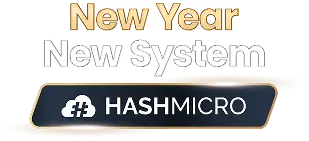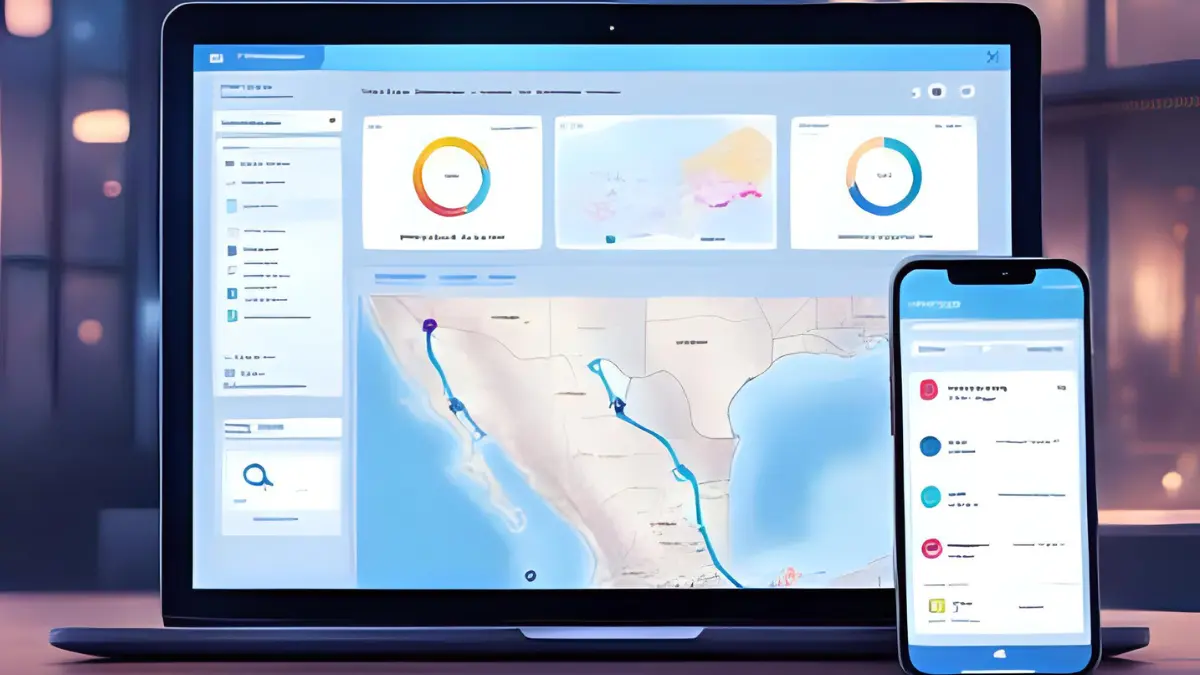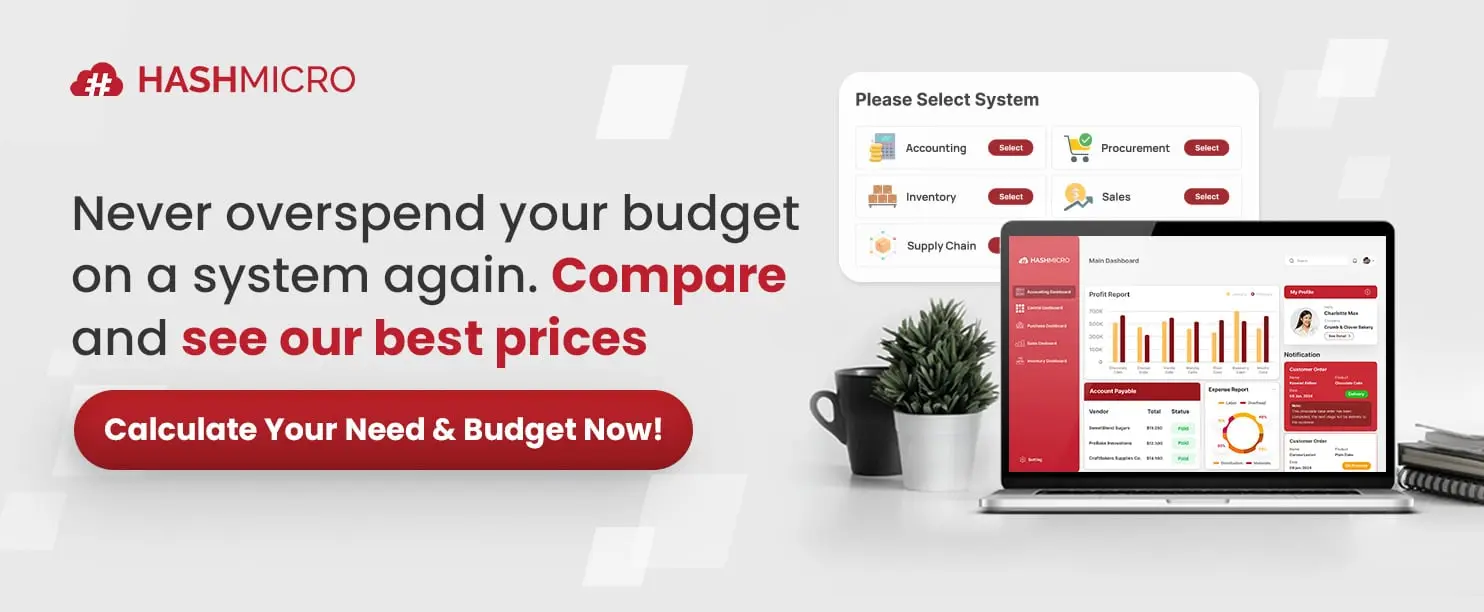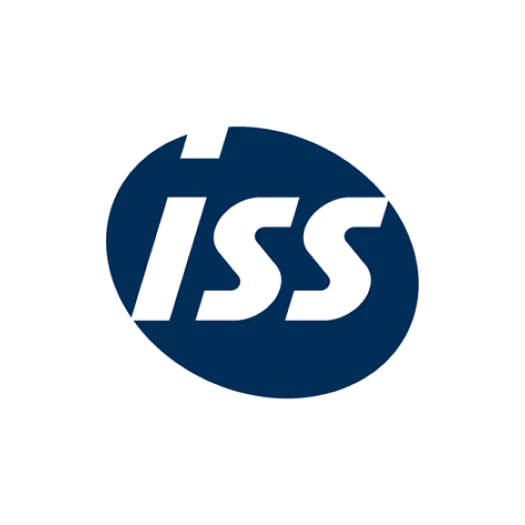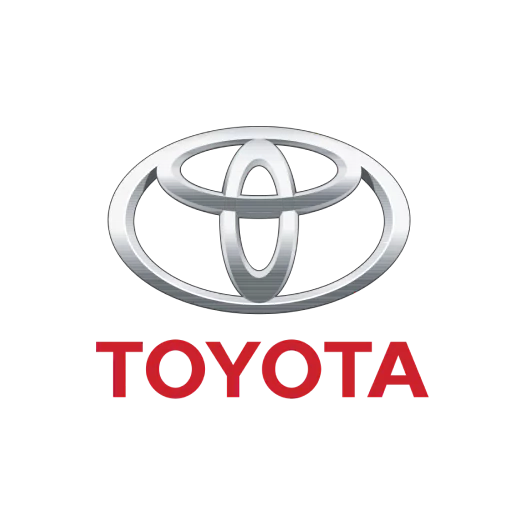Businesses that manage fleets or field service teams have the opportunity to turn travel time into a true advantage. With the right system, they can save fuel, cut hours on the road, and transform logistics into a source of competitive strength.
Leaders today actively seek ways to reduce costs while still ensuring fast deliveries and excellent customer service. By applying route optimization, fleets operate more efficiently, maximize vehicle usage, and create a foundation for sustainable growth.
In Malaysia, the fleet management market continues to grow as companies embrace route optimization, real-time tracking, and fuel-saving technologies. Research from 6Wresearch confirms that optimization has become a top priority in the logistics sector.
This article will guide you through how route optimization works, its key benefits, and best practices for implementation. By the end, you will be equipped with the tools and strategies to elevate delivery performance and drive profitability.
Key Takeaways
|
What is Route Optimization Software?
Route optimization software is a digital tool designed to plan the fastest and most cost-effective routes for businesses with mobile fleets. By reducing unnecessary driving, it improves efficiency, lowers fuel expenses, and supports sustainability goals.
In industries such as delivery services, field service, and transportation, route optimization in logistics is essential to handle rising fuel costs, traffic congestion, and strict delivery windows. This software ensures your workforce can meet growing customer expectations without sacrificing time or profitability.
Unlike manual planning, route optimization software leverages advanced algorithms to balance cost reduction with service quality. It considers multiple variables, such as vehicle size, road restrictions, driver skills, and customer time windows, to create routes that align with both financial and customer service objectives.
Benefits of Route Optimization for Businesses
Reducing expenses while maintaining excellent service is one of the biggest challenges for modern businesses. Route optimization has become a vital part of logistics operations, helping companies cut fuel usage, enhance productivity, and keep customers satisfied.
The following are the key benefits of route optimization that demonstrate why it is so important for businesses:
1. Reduces costs
For most fleets, keeping expenses under control is a daily challenge, and route optimization provides a practical solution. By reducing unnecessary miles and limiting vehicle strain, businesses can save significantly on fuel consumption and maintenance.
For instance, selecting routes that avoid accident-prone or congested areas not only ensures driver safety but also prevents wasted fuel in traffic. Over time, these efficiencies make route optimization in logistics a powerful way to improve profitability while maintaining service quality.
2. Improves route visibility
Route optimization software offers real-time tracking that gives managers complete visibility into fleet operations. A live map view allows teams to monitor vehicle progress, redirect drivers when needed, and proactively address disruptions.
This level of transparency ensures that communication with customers remains accurate and timely, even when unexpected delays occur. By leveraging data-driven insights, businesses can allocate resources more effectively and enhance overall operational efficiency.
3. Enhances customer satisfaction
One of the most direct benefits of route optimization is faster and more reliable deliveries, which naturally lead to happier customers. Shorter travel times mean reduced waiting periods for clients and less idle time for drivers at each stop.
This not only improves customer service quality but also enables companies to serve more clients in a single day. Ultimately, the ability to consistently meet customer expectations strengthens trust and loyalty in a competitive market.
4. Improves resource utilization
Intelligent scheduling through route optimization software ensures that businesses maximize the use of their existing fleet. With optimized routes, companies can handle more deliveries or appointments without needing to expand vehicles or manpower.
This results in greater scheduling flexibility, enabling organizations to meet customer needs more efficiently. In practice, this transforms delivery teams from being cost centers into strategic assets that drive growth and profitability.
5. Boosts productivity and scalability
Route optimization in logistics helps businesses increase delivery productivity while still meeting customer service requirements. By automating complex planning tasks, the software allows teams to create efficient routes in a fraction of the time.
This frees planners from repetitive manual work so they can focus on improving strategies and operations. Over time, businesses gain the scalability needed to manage growing demand without sacrificing efficiency or customer satisfaction.
6. Supports sustainability goals
By cutting down unnecessary driving, route optimization reduces carbon emissions and contributes to eco-friendly business practices. Mobile workers spend less time on the road, which not only conserves fuel but also minimizes the environmental impact of fleet operations.
Many companies today see sustainability as a critical part of their brand reputation, and customers value businesses that prioritize it. Therefore, adopting route optimization software helps companies achieve both operational excellence and environmental responsibility.
How does Route Optimization Work?

After understanding the key benefits of route optimization, it’s important to see how these results are actually achieved. The process relies on a combination of data, technology, and intelligent scheduling to ensure every trip is efficient, cost-effective, and aligned with customer expectations.
1. Data collection and analysis
Route optimization begins by collecting data from GPS, telematics, and fleet management systems. These tools track vehicle speed, fuel consumption, engine performance, and precise location details in real time.
The data is then analyzed to understand traffic patterns, road conditions, weather forecasts, and driver availability. By combining these insights, businesses can reduce costs, minimize vehicle wear and tear, and improve driver productivity.
2. Mapping with GPS and real-time traffic
Route optimization software integrates GPS and geographic information systems (GIS) to generate accurate and efficient maps. It also incorporates live traffic updates, allowing dispatchers to reroute drivers immediately if accidents or delays occur.
This flexibility ensures that deliveries and field services remain on schedule, even under unpredictable conditions. As a result, companies benefit from reduced delays, improved customer satisfaction, and more reliable delivery performance.
3. Scheduling and dispatching
A key function of route optimization in logistics is dynamic scheduling and dispatching. Dispatchers can create routes by considering resource availability, technician skills, and time windows for service appointments.
Factors such as vacation schedules, training, or certifications are integrated into the system to ensure assignments are effective. This intelligent scheduling boosts productivity by matching the right driver to the right task at the right time.
4. Integration and mobility
Modern route optimization software connects seamlessly with other business platforms, such as ERP and CRM systems. This integration ensures that delivery data, customer information, and operational updates remain synchronized across departments.
Cloud-based mobile apps allow drivers to access optimized routes on smartphones or tablets, even with limited connectivity. This level of mobility empowers field service teams and logistics staff to adapt quickly to real-time changes.
5. AI and automation enhancements
Artificial Intelligence and automation are transforming how route optimization software operates. Predictive algorithms can adjust schedules based on weather changes, traffic trends, or maintenance requirements.
AI-powered analytics continuously monitor performance, detect inefficiencies, and suggest improvements to maximize efficiency. These innovations give businesses a competitive advantage by ensuring faster deliveries, better customer experiences, and more resilient logistics operations.
Why Is Route Optimization Important For Your Business?
Beyond the technical aspects, route optimization holds strategic value for business leaders. Below are the most impactful technical advantages that make it indispensable for modern operations:
- Minimizes fuel consumption: Optimized routes ensure vehicles travel the most efficient distance, significantly reducing fuel consumption. This not only lowers operating expenses but also supports eco-friendly business practices.
- Maximizes vehicle load capacity: Smart algorithms calculate the best way to maximize each vehicle’s load capacity. As a result, companies can reduce the number of inefficient trips and boost fleet productivity.
- Enables real-time re-routing: When unexpected disruptions occur, such as traffic congestion or severe weather, the system instantly adjusts routes. This flexibility ensures on-time deliveries and minimizes the risk of costly delays.
- Improves delivery time accuracy: Optimized routes help businesses maintain delivery schedules with greater precision. Consistent on-time performance builds customer trust and strengthens the company’s professional reputation.
- Reduces maintenance costs: By shortening travel distances and improving efficiency, vehicles experience less wear and tear. Over time, this leads to lower maintenance costs and extended vehicle lifespan.
- Enhances driver productivity: Drivers can focus on their tasks without worrying about route planning or detours. This efficiency makes their working hours more productive and reduces stress on the road.
After understanding the importance of route optimization, the next step is to evaluate the right system for your business. With HashMicro’s Transportation Management Software, you can instantly calculate pricing tailored to your company’s needs and explore the best plan to maximize profitability.
Route Optimization Best Practices
Implementing route optimization effectively requires more than just installing software; it involves a thoughtful strategy and continuous improvements. By following best practices, businesses can ensure that their route optimization in logistics delivers consistent efficiency, cost savings, and customer satisfaction.
1. Create a clear plan
Effective route optimization starts with building a solid plan tailored to your business goals. This means assessing your fleet size, service volume, and coverage area before implementing any solution.
Organizing internal data such as employee details, customer locations, and task requirements is also essential to avoid inefficiencies. With accurate data and clear objectives, route optimization in logistics becomes easier to manage and align with company priorities.
2. Integrate and customize your software
A successful implementation requires route optimization software that integrates seamlessly with existing field service or fleet management systems. Proper integration ensures smooth communication across departments and up-to-date information flow.
Businesses should pilot the system before full adoption, testing configurations and customizing features to match specific operational needs. This approach reduces disruption and allows your teams to adapt smoothly to new processes.
3. Monitor and adjust performance
Once your software is live, continuously monitoring its impact on daily operations is key. Tracking metrics such as fuel costs, travel times, and service completion rates helps identify strengths and weaknesses.
Feedback from drivers and staff also provides valuable insights on usability and areas for improvement. By making small adjustments over time, businesses can maximize the effectiveness of their route optimization strategy.
4. Leverage advanced solutions like HashMicro ERP software
One of the best practices in route optimization is choosing reliable software that aligns with your business needs. The right solution ensures that every process, from route planning to execution, is accurate, efficient, and easy to manage.
HashMicro ERP Software is designed to be more than just route optimization software, it offers a comprehensive platform that integrates logistics with accounting, inventory, CRM, and more. With real-time visibility and seamless integration, companies gain full control of their operations and can make better decisions based on accurate data.
This all-in-one system helps businesses simplify complex workflows, scale effectively, and achieve sustainable growth. Some of the key features of HashMicro ERP Software include:
- Business intelligence dashboards: Customizable reports and visual insights for faster, data-driven decisions.
- Mobile access: Manage routes and operations anywhere through smartphones or tablets.
- Multi-warehouse inventory: Monitor stock levels in real time across all warehouses.
- Integrated accounting & CRM: Automate transactions while improving customer relationship management.
- Flexible deployment: Available in both cloud and on-premise options to suit different business setups.
Conclusion
Route optimization has become an essential strategy for businesses that want to reduce costs, improve delivery speed, and boost customer satisfaction. By adopting smarter routing practices, companies can transform logistics into a driver of efficiency and growth.
HashMicro ERP Software provides a comprehensive solution that integrates route optimization with powerful ERP features. This combination gives businesses complete visibility over operations, enabling them to manage fleets effectively, control expenses, and scale sustainably.
If your business is ready to experience the benefits of route optimization, now is the time to act. Click the banner below to request a free demo and see how HashMicro ERP Software can help you achieve greater efficiency and long-term success.
